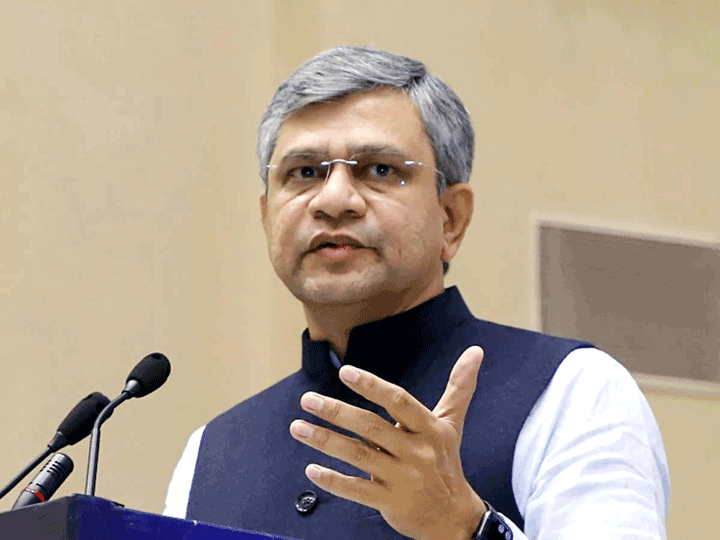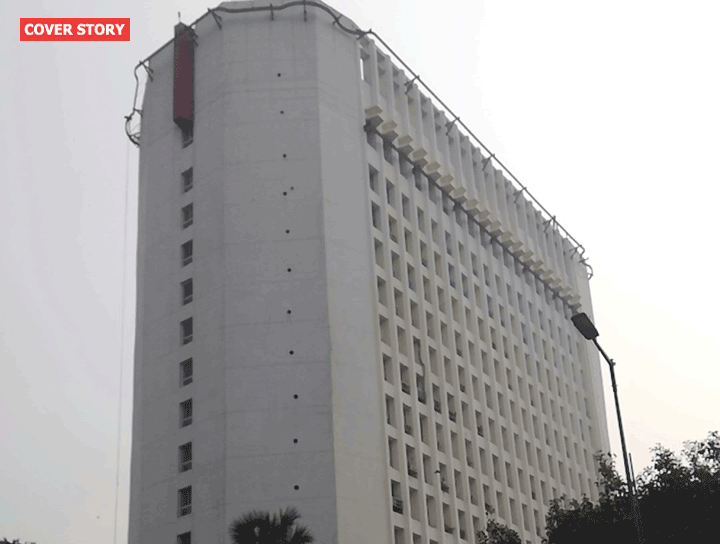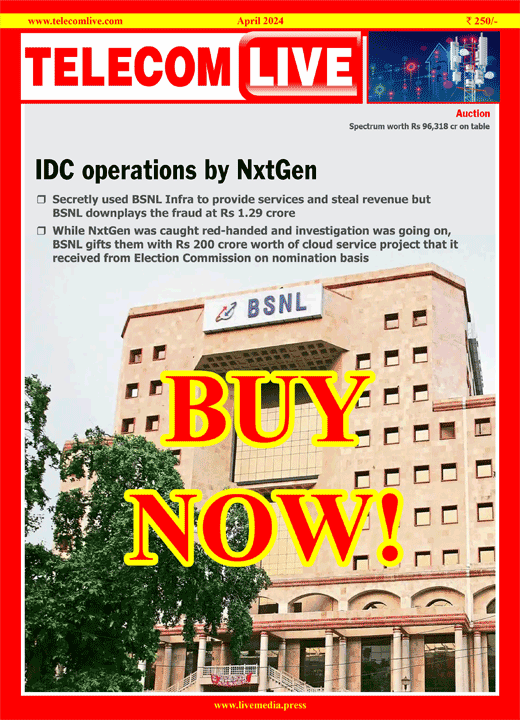Tech firms set to get 6 GHz spectrum for WiFi services
The department of telecommunications (DoT) is expected to soon delicense a portion of the 6 GHz frequency for the use of WiFi, according to officials in the know. The band to be allocated, will be 500 MHz in the lower 6 GHz frequency (from 5925-6425 MHz), which has the potential to carry high-speed data and is globally used for offering WiFi services.
The move is seen as positive for tech firms, telecom equipment makers, as well as growth of public WiFi, paving the way for new WiFi technologies like WiFi 6E, with better speeds and lower latency. Tech firms will benefit from this as within a house or a shopping mall, airport or railway stations – large amount of data download services work better on WiFi (wired broadband) rather than wireless (mobile) Internet. That’s why better public WiFi at these centres would give them opportunity to promote their apps and marketing features, and earn through advertising revenues.
On the other hand, the government will decide on whether to allocate a portion of the 6 GHz band (the upper part from 6425-7025 MHz), for telecom operators, only after conducting co-existence studies of the band with satellites. This is because, currently, the complete 6 GHz band is being used by Indian Space Research Organisation (ISRO) for satellite operations, and there are possibilities that spectrum if given for mobile services might interfere with the satellites, whereas WiFi is not expected to interfere because of its low power, experts said.
For now, the government will allocate 100 MHz of spectrum in the upper 6 GHz band (from 7025-7125 MHz) for mobile services that too for experimental and innovation work, in-line with the outcomes of the recently concluded World Radiocommunication Conference (WRC) in Dubai.
“In my opinion, the decision of India in this WRC is to be warmly lauded as being in the great strategic interests in the space sector by safeguarding Isro’s requirements and also by ensuring affordable broadband through licence-exempt use of the lower 6 GHz band,” said TV Ramachandran, president of Broadband India Forum (BIF). BIF represents companies like Google, Microsoft, Meta, and Amazon.
At the WRC among other key decisions, the International Telecommunication Union (ITU) along with member countries identified upper 6 GHz band ( 6425-7025 MHz ) for mobile services only in Region 1 (incudes Europe, Middle East and Africa) with appropriate safety mask, which is a guard band to not interfere with satellites. On the other hand, India (part of Region 3) has decided not to open up band till co-existence studies are carried out between IMT (international mobile telecommunications) and satellite. The government has time till 2027 to arrive at a decision after conducting studies.
“The lower 6 GHz band, was not part of the discussions at WRC as globally there is an alignment on its licence-exempt use. For the upper band, Isro is currently opposing opening the band for mobile services owing to possibility of frequency intervention, which could affect their decisions. ITU has given us time, we will take decisions accordingly after studies,” a government official said.
The Global System for Mobile Communications Association (GSMA) that represents telcos globally, said the 6 GHz band is the only remaining mid-band spectrum currently available to respond to the data traffic growth in the 5G-advanced era.
“The WRC-23 decision to harmonise the 6 GHz band in every ITU Region is a pivotal milestone, bringing a population of billions of people into a harmonised 6 GHz mobile footprint. It also serves as a critical developmental trigger for manufacturers of the 6 GHz equipment ecosystem,” the association said in a statement.
Spectrum experts have said the reason why spectrum in the 6 GHz band should be delicensed for WiFi and the same will complement 5G, is because of its potential for providing strong in-house connectivity. If the same is licensed, the telcos won’t be able to provide better in-house connectivity owing to legacy routers inside houses that won’t be able to utilise the 6 GHz spectrum to full capacity.
Simply put, currently, 5G fixed wireless access (FWA) is seen as the only solution on which telcos can bank on and start recouping some of their 5G investments. Experts said that even by using FWA, telcos will not be able to give meaningful 5G experience to users inside their homes at present, owing to legacy routers that support 2.4 GHz and 5 GHz Wi-Fi technologies. FWA will be able to provide better speeds inside homes only when there is availability of 6 GHz spectrum band that too delicensed for Wi-Fi.
In a recent letter to communications and IT minister, Ashwini Vaishnaw GSMA said the spectrum should not be delicensed as the cost of network rollout in this frequency will be lower as compared to the next set of suitable spectrum for 5G available in higher frequency band.











